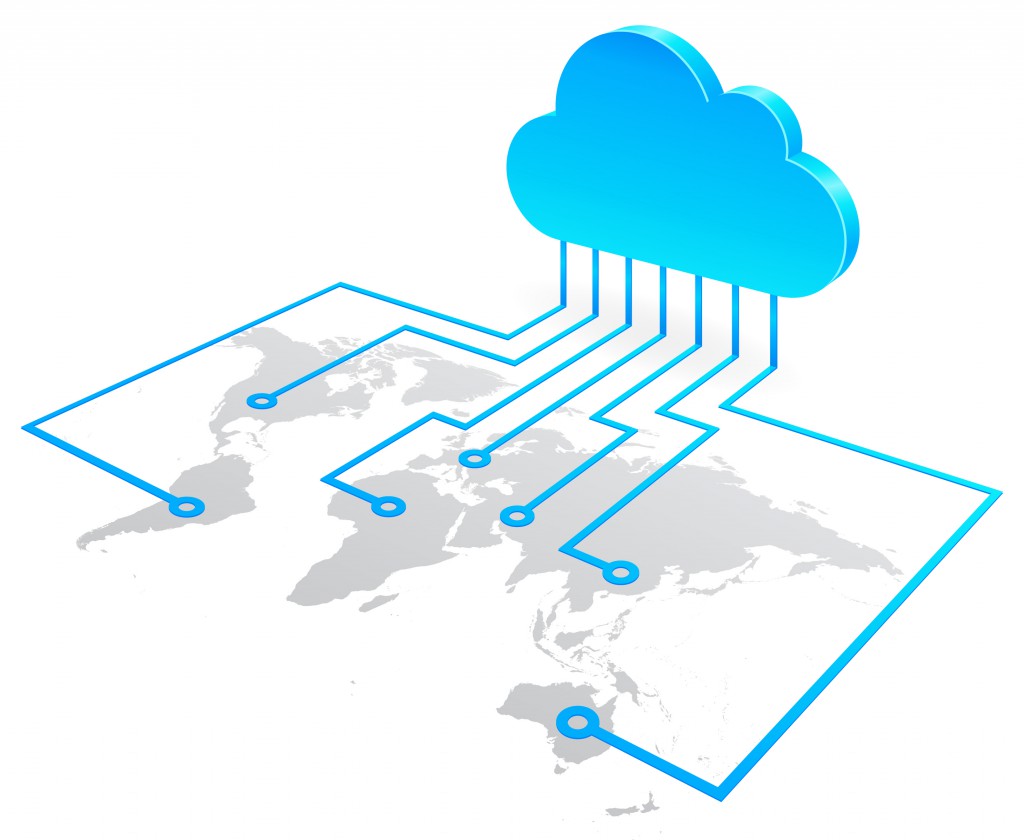Organizations today face a colossal two-level challenge of
- Adapting ways to harvest meaningful signals from disparate sources that form data for their business
- Having the skills to analyze the huge data and help them drive decision making in the right direction
Not being able to do so puts the organization at risk of being quickly surpassed by competition and losing out valuable signals that denotes customers’ preferences and choices. Taking note of these challenges helps a business to listen in to what the customers want and how you can step up to offer them the resolution to their needs.
If you have already begun to extract data for business strategy, or utilize this intelligent data to grow your market share, then congratulations! You are on the right path to success. Today, we will explore what are the different business functions that can benefit from collecting and analyzing the data.
How data is harvested?
Harvesting of data involves the steps to extract data from websites and then use it with smart data analysis approaches and tools to improve various business functions. It is the first step for ETL in the data warehousing step. From here it is further processed to be ready as powerful data worth analyzing by industry endorsed big data and BI tools. The big data visualization will in turn help in intelligent marketing, monitoring trends, social signals, and customer voices. This way, data scraping and mining helps your business surge ahead. Intelligent data scraping helps across all business functions – from lead flow to business strategizing.
Data harvesting, also known as data extraction, extracts data from various sources
- XML meta-data,
- Traditional databases (RDBMS)
- Flat files in .txt, .pdf or other popular formats
- New age databases (NoSQL or document-based non-relational databases)
- DASD file storage structures such as Virtual storage access method (VSAM) or Indexed Sequential Access Method (ISAM)
- External Data extracted from websites, e-commerce sites, or portals
- Internal Data extracted from in-house applications such as transactional; systems, ERP, operational data stores, or SAP
What happens post the data harvest?
Most businesses collect data from different sources that have different forms and layout as we have seen above. The primary task of ‘Extract’ function in the ETL warehousing is to –
- Validate the data for correctness, completeness, and data integrity – i.e. the data pulled from the disparate sources have an expected value, pattern, or list)
- Convert the data from different sources to a single common format – using different approaches such as adding business rules, aggregating, pivoting, encoding free form values, sorting, translating, filtering, splitting, or joining
This intelligent data is now ready for being processed by BI tools to transform raw data into crucial business information. These insights and information work to arm you as a business owner or manager, to get rich information that can help you to tweak any diversion or roll out new marketing strategies, or simply gain more business. Irrespective of the road taken, the destination will always remain singular – enhancing the growth prospects of your business.
Let’s look at how extracting data from websites and other sources, and how the data analysis this can give you a powerful advantage across various business functions.
Decision Science
Related Business Function – Senior Leadership decision making and business expansion strategy
Non structured, non transactional data, and unique modes of communication that cannot be captured through off-the-shelf solutions, can be subjected to data science, to arrive at targeted and revenue enhancing business decisions. Examples of such non structured data can be product reviews, customer feedback, or consumer-generated product ideas. Data scientists are specially appointed to run hypotheses, or field experiments. Their work is highly dependent on the kind of buzz generated from community though process, behavior, and feedback to various tactical approaches like crowd funding, surveys, beta launch, and polls.
Decision Science tends to depart from known concepts and test new waters. For this it uses a plethora of tools – Mathematica, R, Matlab, and other modelling and statistical tools. Also these work around a lot of theories like game theories, forecasts, projections, simulations, linear programming, operations research, and cognitive bias. Guess what is the backbone of both the tools and the theories?
Yes, it’s data!
The Whirlpool analysis of social signals and user sentiments in 2009 is a classic case of decision science in action. It helped the appliance brand to achieve its core business objective with these steps –
- It utilized the Attensity360 to track valuable data points – comments, opinions, feedback, and general conversation across key media channels and major social media platforms such as Facebook, Twitter, and YouTube. This way it helped the company extract data for business strategy
- Attensity’s text analytics findings were then passed through the various decision modeling systems for gleaning better insights
- With this, the company could now listen to, and respond to in near-real time, conversations and sentiments across a huge array of social media and mainstream media channels. It helped Whirlpool to understand how it is placed amongst its target users and prospective customers. The company was able to fine tune its development process and general servicing ability
- As an outcome, the company achieved better responsiveness and tailored development and planning strategies – keys for excellent customer servicing experience.
Performance Tracking
Related Business Function – HR, Operations, Sales and Marketing
What happens when you have the data pertaining to in-house performance? The answer that comes to mind is to align compensation, rewards, and recognition to performance of an employee. And it is this analyzing of powerful data that helps HR be efficient, Operations be more productive and sales and marketing be more lucid. Some other examples of performance tracking based on intelligent data include –
- A BI tool crunches data extracted from website to churn out recommendation on a best fit vendor for a particular procurement need.
- Multidimensional analysis on company databases can check how a particular client account is performing over the past few years to come up with rational projections of its future engagement.
- Marketing teams can split up the target market into meaningful segment and then deliver tailored campaigns for better lead flow and amazing conversions
- Sales teams can have better visibility of pipeline, and prepare better information on summaries by different criteria or filters such as region, area, age, gender and other demographics
Data backed Experiments
Related Business Function – Management, Targeted Marketing and Sales
With help of data from diverse sources, managers can uncover new opportunities, potential threats, and ward off competition. With help of data backed predictions, your team can roll out new and innovative measures to grow your market share, tap into new revenue opportunities, and plug in gaps in servicing.
1. A/B testing –
Marketing team can test the viability of two versions of website in terms of duration of stay, or engagement. This helps them to roll out the version that is more likely to appeal to the target audience.
2. Cluster analysis –
Determines similar attributes or criteria that is not yet studied, and then segregate customers or prospects based on this intelligent data. This helps them to send custom marketing messages for better chances of conversion.
3. Predictive modeling –
You can dip into past business records and database to get information on how the user or a particular customer is likely to behave in the future. You can then provide the most relevant information that increases the lead conversion process.
Social Media Analytics
Related Business Function – Customer engagement, Operations, Sales and Marketing
Most of the non-transactional data comes from the voices, opinions, feedbacks, and conversations happening on the social media platforms. It provides new avenues to
- create awareness
- encourage engagement
- assess the reach and influence of your brand presence
The 2010 case of Virgin America using the social media to grow buzz around its new route is a good example of social media analytics in action. The below steps denote how this was done –
- It weeded out a handful of strong influencers on social media based on their digital footprint and impressions they made
- It sent out a complimentary ticket on its new Toronto route to these targeted social influencers
- They had the option of not providing their feedback on the social media as Virgin didn’t want to be seen as ‘buying’ the tweets
- As an outcome, without even prompting, an incredible buzz was generated for this new route. There were a whopping 7.4million impressions, and 4600 tweets on this topic.
One thing is clear from these use cases. The time, effort, and cost involved to extract data from diverse sources such as websites or social media is going down rapidly. This means that every business will now have access to this data. The real question now worth deliberating is – how to make the best use of this huge volume of data for gaining an unmatched competitive advantage? Do write in to us and let us know which approach from the above you will use to answer this question.





















